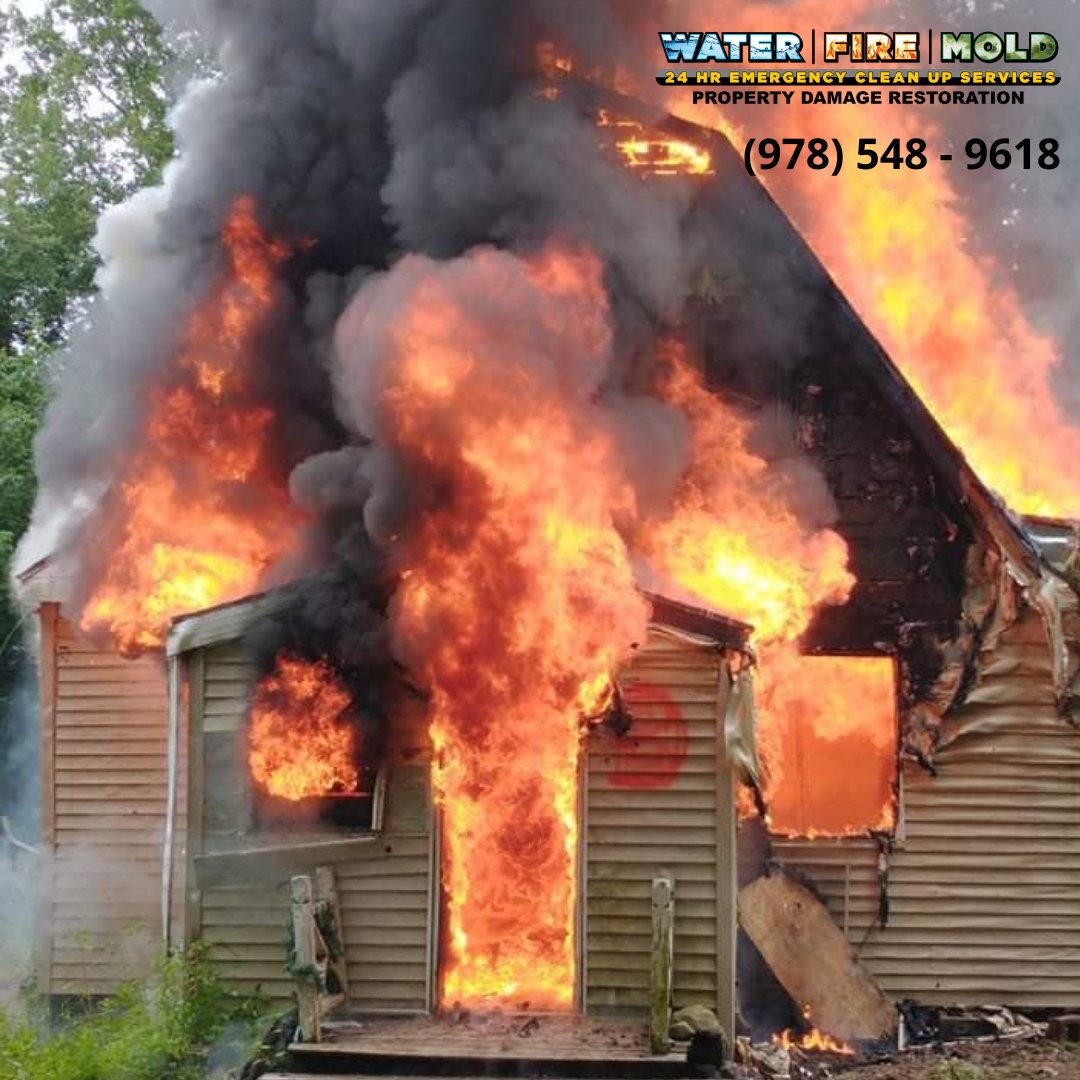The Buzz on Dry Star Restoration
The Buzz on Dry Star Restoration
Blog Article
The Dry Star Restoration Ideas
Table of Contents10 Simple Techniques For Dry Star RestorationThe 9-Minute Rule for Dry Star RestorationHow Dry Star Restoration can Save You Time, Stress, and Money.The Best Guide To Dry Star RestorationAll About Dry Star Restoration
Specifically in wintertime, home heating systems are a common fire threat. Malfunctioning circuitry or placing heating units also close to flammable materials like drapes can ignite a fire.
Products like electric motor oil or cleaning fluids can ignite under details conditions. Always shop these products correctly and away from heat sources. restoration company near me. Statistics: According to the National Fire Protection Organization, home chemicals are responsible for a significant percent of home fires each year. By understanding these typical causes, you can take actions to make your home much safer.
Some Known Details About Dry Star Restoration

Key issues include: Water Intrusion: Water can permeate right into wall surfaces, floors, and furniture. This can damage the structural stability of your home. Form Growth: If water is moist promptly, mold can start to grow within 24-48 hours. Mold can create health and wellness issues and more damage to your building. Structural Weakening: Water can weaken wood structures and create metal parts to corrosion, making your home dangerous.
Next, we will dive into the actions entailed in the fire damage restoration process. Fire remediation is the procedure of cleaning, repairing, and restoring a residential or commercial property that has been harmed by fire.
The 9-Minute Rule for Dry Star Restoration
Particles Removal and Demolition: Damaged materials are safely gotten rid of, and any kind of dangerous substances like asbestos are handled suitably. Cleansing and Purification: Residue and smoke smells are removed using specialized equipment and treatments. Reconstruction and Fixes: Ultimately, the home is rebuilt and brought back, including architectural repairs and indoor restoration - emergency water damage cleanup. Fire damages includes several sorts of harm to a building: Physical Damages: This includes charring, smudging, and fragmentation of products directly impacted by the fire.
Water Damages: Water used to extinguish the fire can bring about structural weakening and mold growth otherwise effectively managed. Fire remediation professionals utilize specialized techniques and equipment to attend to all these kinds of damage, making certain the building is secure and comfortable once more. Next, we will certainly study the actions associated with the fire damages repair procedure.
From modern water extraction devices to specialized tools for smoke and residue elimination, we have actually the sources required to recover your home to its pre-loss problem. Our techniques are designed to be extensive and effective, decreasing more damages and quickening the recovery process. Our team includes accredited professionals that are specialists in fire Learn More damage remediation.
What Does Dry Star Restoration Do?
Their know-how makes sure that every job is done right, giving you with satisfaction throughout a tough time. If you need fire damages remediation services, don't hesitate to contact us. We're right here to aid you recover your home and your life after the fire. Last modified on 15th of July 2024.
(https://anyflip.com/homepage/uexte#About)If there's a fire, smoke makes sure to comply with. While the fire's smoke is made up of aspects that make your home dangerous to be in, the damage smoke leaves behind doesn't stop there. Smoke will float to seemingly every component of your home, sticking to furnishings, style, curtains, walls, ceilings, floors, and much more.
The water will certainly soak right into the charred materials and infected various other areas of the home untouched by the fire. If left unchecked or missed out on during fire damage reconstruction, the water damages will only intensify with time and can cause mold growth, safety issues for your home's structure, and unpleasant looks around your area, including deformed floor covering, peeling paint, and visible spots.
An Unbiased View of Dry Star Restoration
Water reduction is often the first action of the fire, smoke, and water damages remediation procedure after a damage evaluation has been completed. This addresses the water damages head-on and consists of actions to stop additional problems for your space before, during, and after restoration. Inspection and damage control to evaluate the degree of water damageIsolation of water damages to impacted locations to forbid water from spreading out to completely dry areasInspection of your home's structure for architectural stabilityExtraction of any type of standing water from the propertyStructural drying out with commercial-grade equipmentSite clean-up that will certainly remove away debris, pack out salvageable material for repair, and give way for repair servicesWe'll additionally complete additional damage reduction by boarding up damaged doors and windows, applying tarpaulins to openings in roofs, and finishing various other actions to avoid extra damage and risks to your home while the repair work are taking area.
Most terms and summaries used by water and fire damage repair specialists are rather self-explanatory. However, the checklist of terms listed below must be helpful when you're interacting with the company you have actually employed. Any kind of activity taken to prevent the growth and spreading of fungus, mold and mildew, mildew, and spores. This can consist of using solvents or chemicals as ingredients or barriers on structure materials to avoid fungus development.
Report this page